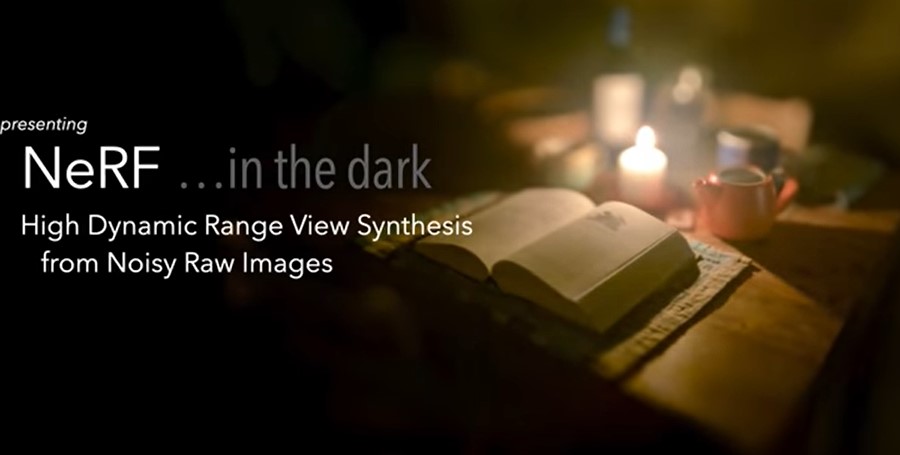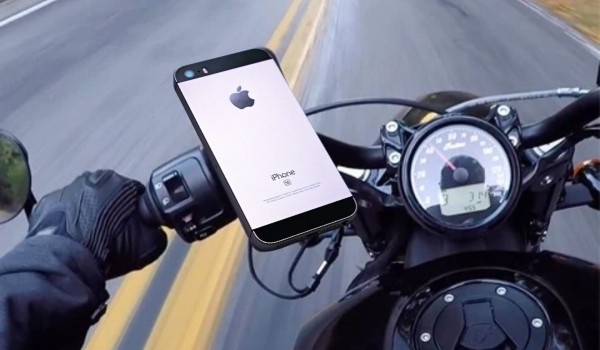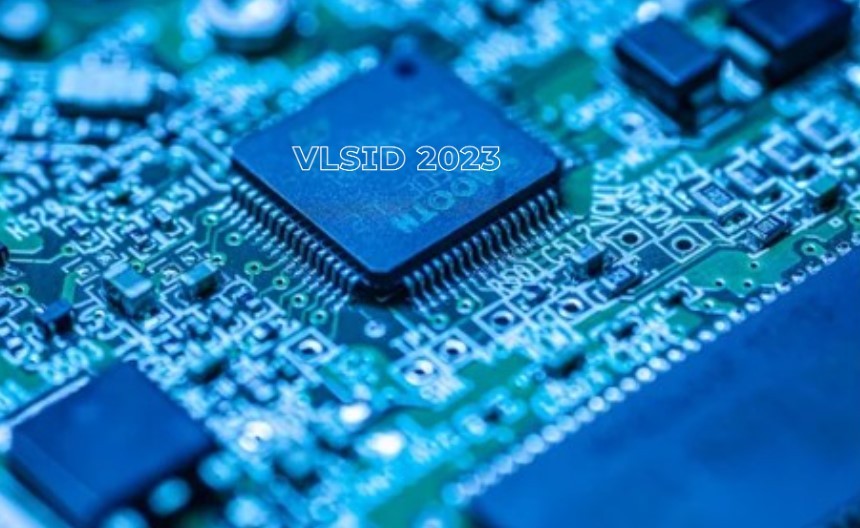Will our mobile phone cameras soon support RawNeRF? Answering the question immediately now might be challenging. The ability to radically alter how a shot appears with an AI tool, however, points to a very bright future for photography.
We’ve arrived to a point where smartphones have larger sensors and more megapixels than before when it comes to mobile photography. These have, however, only made a small difference in the actual photo-taking process when it comes to shooting in total darkness or extremely low light, when digital noise is still an issue even for the best cameras. But Google’s newest AI tool may change that for good.
Meet RawNeRF, a branch of the broader MultiNeRF project that scans a collection of pictures to reconstruct a 3D depiction of the scene using NeRF (Neural Radiance Fields). Although it isn’t exactly the same technology Tony Stark used to simulate a street explosion in Iron Man 3, it operates similarly and offers a variety of opportunities.
This includes adjusting the exposure, focus, or even the camera location after an image has been captured. In a recent video, Google researcher Ben Mildenhall explains how RawNerF “combines photos acquired from several distinct camera views to collectively denoise and rebuild a scene.” The video below demonstrates the strength of RawNeRF.
RawNeRF in the dark is promising futuristic technology
The secret behind RawNeRF performing so well when it comes to not just denoising, but also changing most other key aspects about a photograph lies with how the AI is trained. The tool is trained on data gathered by RAW images, rather than standard JPEGs. RAW images capture a lot more detail compared to standard photos, details that can then be used to enhance the image in post-processing, or in this case, training an AI tool.
So, can we expect RawNeRF come to our smartphone cameras in the near future? We dont have an immediate answer. But the thing is it is now possible to deploy an Artificial Intelligence tool to radically change how a photograph looks leaves the future of photography in a very promising direction.






